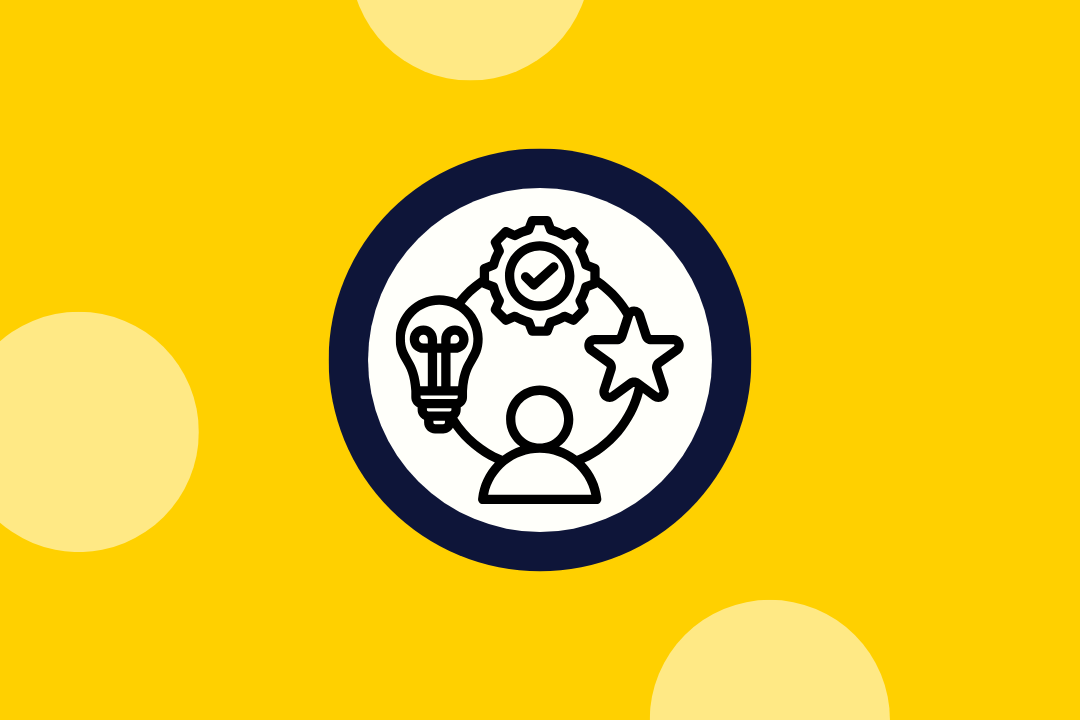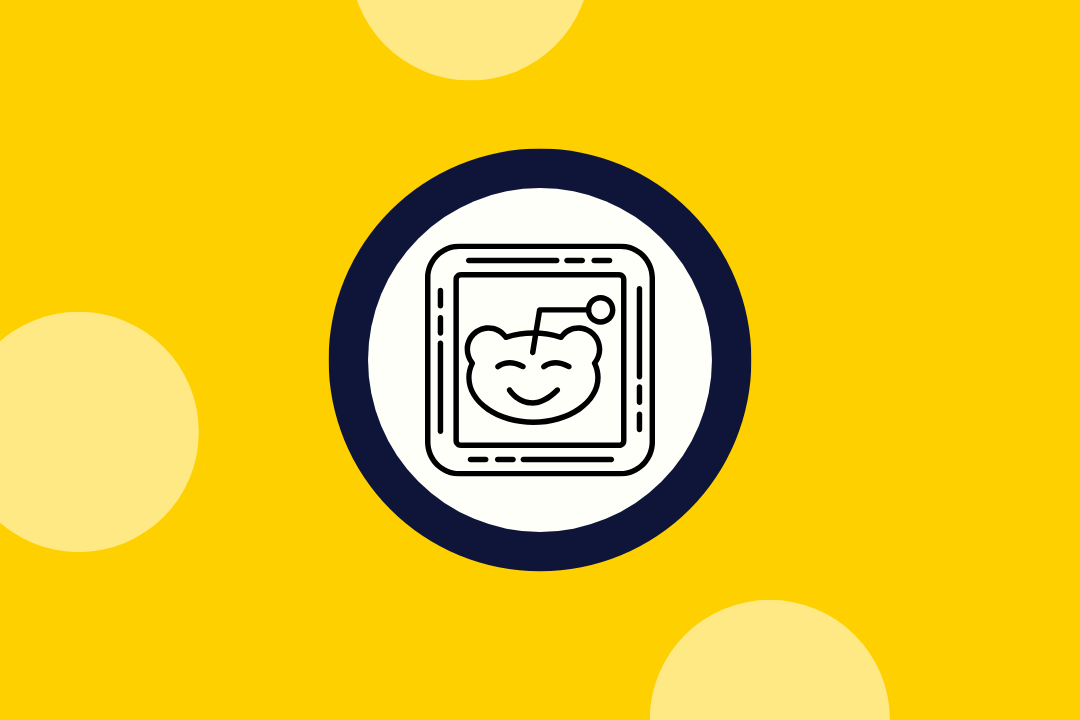What’s Working for B2B Facebook Ads Today?
Published
July 16, 2020
Updated
August 4, 2021

Earlier this month, we put on a webinar to discuss what’s working with B2C and B2B Facebook ads today. Alley Shinder covered all things B2C, while Kevin Lord Barry focused on B2B. Our key B2B takeaways are below, and you’ll find a summary of our B2C recommendations here.
Why Run Facebook Ads for B2B?
55% of all Americans use Facebook or Instagram every single day of their lives. This includes 55% of decision-makers in pretty much every B2B sub-vertical we’ve tested—restaurant owners, dentists, HR people, insurance people, small business owners, corporate people, and more. They’re all on Facebook.
If your market size is big enough (more on this below), Facebook is the most scalable digital channel for B2B. Here’s a chart of all marketing channels—the right side is B2B, left side is B2C.

Will B2B Facebook Ads Work for Me as a Growth Channel?
Facebook and Instagram best target algorithmically, and algorithms need a lot of data in order to work and scale. If your total available market size (TAM) is too small (i.e. under 200k), Facebook—and paid social in general—won’t really work for you for customer acquisition.
This is often the case if you’re targeting executives at enterprise companies, for example VPs of Accounting at Fortune 500 companies. There just aren’t enough of them, and Facebook ads for customer acquisition simply won’t scale for you.
Instead, you can use Facebook ads more like an account-based marketing (ABM) tool: to assist and support your sales team. Use them for retargeting site visitors, showing in-funnel sales leads good content, and increasing brand recognition.
If you want to increase your TAM so that Facebook ads will work for you, try a bottoms-up approach. Instead of targeting only executives at big companies, target everyone at those companies and let them try out your product themselves for free. Great examples of companies who’ve mastered this approach include Slack and Zoom.
How to Nail Your B2B Facebook Ad Creative
In B2B Facebook ads, the text on the image (what we call the visual headline) is way more important than in B2C ads. Most consumer products speak for themselves, whereas B2B products aren’t as easily recognizable; they’re often graphs, charts, and software that are harder to depict visually.
This is why it’s so important to have a visual headline that will instantly grab a user’s attention. You have only a second to do this, while they’re browsing their feed or the web. Having a prominent, compelling visual headline accounts for maybe 60% of success in B2B Facebook ads. Outside of the visual headline, the rest of the ad text isn’t as important—it’ll only provide an assist.

Pro tip: You can put headlines in any white space—even t-shirts, books, and screens.

If you’re thinking about investing in video ads, we strongly recommend starting with static ads until you nail your visual headline. Once your visual headline is performing well, you can convert your ad to a video ad—whether creatively with big effort, or simply by adding some movement to the text/imagery.
That said, on average, we find that static ads tend to outperform video ads in B2B more so than in B2C.
A Note on Ad Placement Types and Bid Strategies
An audience member asked whether or not we recommend breaking out B2B Facebook ads by ad placement—e.g. Facebook feed, Facebook story, Instagram feed, and Instagram story. For B2B, we tend to rely on auto placements more, since there are usually fewer conversion events. If you have 300 conversions events per week, since cost per conversion is low, you can split out Instagram and still have 50 per week for that to exit the learning phase. If you only have 30 conversion events per week, you can’t afford to split any out without taking too much data from the algorithm.
Another audience member asked what bid strategy we recommend when launching a new ad set. We advised starting with autobid—the lowest cost option. Then, if you’re not getting the learnings you want, you can switch to cost cap in manual bid.
Know Your Audience and Signals
Just as in B2C, it’s important to get together a good list of people to target so that you can start with a lookalike audience.
Next, a common dilemma is whether to optimize for leads/sign-ups or down-funnel. The advantage of optimizing for leads/sign-ups in B2B Facebook ads is that it’s the cheapest conversion event, so you’ll get data a lot faster in order to exit the learning phase.
The downside to optimizing for leads/sign-ups is that it’s much easier to accidentally end up with low quality or fraudulent leads. For instance, the Facebook Audience Network is a huge source of form fill fraud, although Facebook Native Lead Ads can solve some of these issues.
The moral of the story: if you go this route, you’ll need to QA your leads very carefully to make sure you’re getting the quality you want. If you’re not, you’ll need to adjust your creative or go further down-funnel to optimize and improve your lead quality.
If you do decide to optimize for down-funnel events, you’ll see a much higher lead quality. But the cost per conversion is high, the time to close is long, and sometimes conversions close offline, which Facebook has a harder time detecting.
Optimize Your B2B Sales Funnel
There are essentially two funnel paths for B2B businesses: self-onboarding without the help of a sales team, and onboarding with the help of a sales team.
If you’re doing self-onboarding, the key to performance is going to be your automated onboarding flow. A couple of tips:
- Make sure your onboarding flow works well on phones, as paid social channels drive mostly mobile traffic.
- Have a solid email nurture strategy in place that will drive people from mobile to desktop to use your product.
It’s also important to note that your funnel set up drastically affects your Facebook conversion signals. For example, if you require a credit card upfront, you’ll get fewer conversions, but they’ll be higher quality and send a better signal to Facebook. If part of your app is security protected—meaning no Facebook pixel can be placed there—make sure to ask qualifying questions before the secure part starts. You can also set an event to fire only if customers answer qualifying questions in the funnel correctly.
If you’re onboarding with the help of a sales team, you’ll need to first make sure they know how to close Facebook leads efficiently, since it’s different from calling inbound leads. Since the quality of Facebook leads tends to fall between inbound and cold, we typically recommend either creating a separate sales sub-team that focuses on Facebook, or giving leads to your outbound team, if you have one. Here are a few other things to keep in mind:
- Facebook prospecting leads have only just heard of you. You have to remind them what your company does.
- Call your leads as soon as possible to drastically improve your conversion rate.
- Ask qualifying questions at the start, as unqualified leads are bound to slip in.
The Impact of the July 2020 Facebook Boycott on CPAs and CPMs
Among our clients running B2B Facebook ads, we haven’t noticed a significant change in CPAs or CPMs as a result of the boycott, since the brands who are boycotting don’t make up a big percentage of spend compared to Facebook’s total.
Want to learn more about scaling your B2B business with Facebook ads? Kevin put together a more in-depth guide here on Medium. Interested in enlisting Right Side Up to help your B2B business grow? Send a note to hello@rightsideup.co and we’ll be in touch!
.webp)
.webp)
.webp)
.webp)
.webp)
.webp)
.svg)
.svg)
.svg)
.png)


.png)








.png)

.webp)
.webp)
.webp)
.webp)
.webp)
.webp)